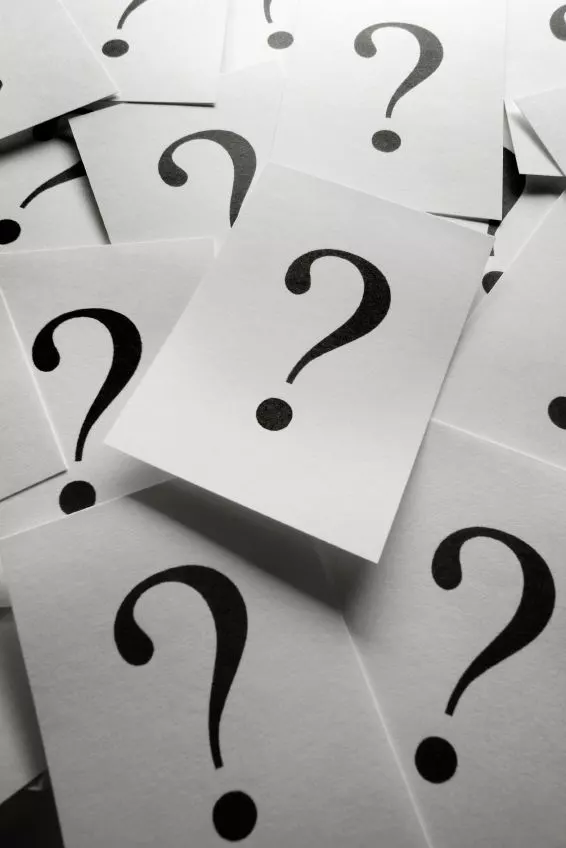“To be ignorant of one’s ignorance is the malady of the ignorant.” ~ Amos Bronson Alcott
If history has proven anything, it reveals that human beings are usually wrong about their beliefs. A lot of people have believed a lot of things that turned out to be wrong. Before Copernicus, the world believed that the heavens revolved around the earth.
Mere centuries before that, people believed that the earth was flat. Before Einstein’s theory of relativity, people believed that time was linear, and some still do! Belief, it turns out, is an extremely fragile thing. The “truth” is a slippery fish, and quite often a red herring. One needs a particularly unique type of net in order to “catch” such an elusive fish as Truth.
Although we are highly adept at creating worldviews we are incredibly less adept at realizing that we have made them. And we are even less adept at realizing that we’re clinging to them.
Like Noam Chomsky said, “The general population doesn’t even know what’s happening, and it doesn’t even know that it doesn’t know.”
The Art of Self-Interrogation
Beliefs don’t change facts, but facts should change beliefs. The problem is that our conclusions about our beliefs are almost always exculpatory, even in the face of historic fallibility. The funny thing is: we know we are a fallible species. We know we are prone to make mistakes. It’s just excruciatingly difficult to admit to it, especially to each other.
What we need then is a ruthless but effective method of questioning our perception of reality. A type of questioning that breaks everything down to its nuts & bolts and then breaks apart the nuts & bolts.
A type of questioning that digs down into the guts of the world and then dissects the womb. A type of questioning that gets to the crux of the issue and then dismantles the roots. This type of questioning is what is called self-interrogation. It’s “self” interrogation because no matter what we are questioning, we are the one doing the questioning. We are the walking paradox, vainly attempting to solve all paradox.
Here’s the thing: most of what we think is true is actually confabulation, fabricated memory believed to be true. Confabulations are not true, but the brain doesn’t know that. All it knows is the cultural narrative. This narrative bias, supported by the conjunction fallacy, leads to confabulation.
But without this tendency it would be very difficult to be human. We evolved, as an insecure species in a confusing world, to incorporate this ability in order to survive.
Like David McRaney quips, “The brain turns chaos into order so that you don’t bump into walls and pet scorpions, but at the first sign of trouble, the first inkling of befuddlement, your neurons start cranking out false clarity.”
This false clarity is what keeps the narrative going. Confabulations arise, denial mechanisms rear their head (cognitive dissonance), and false rationalizations fill the void, but not because we’re vile liars. On the contrary, it’s because we are sincere story tellers caught-up in the throes of our delicious cognitive narratives.
And what is the greatest confabulation of all? –Our sense of self. It’s just a story, like all the other stories that we tell ourselves: a jumble of assumptions that come together to distinguish this from that, you from other –an internal locus of control created by our narrative bias.
Like George Miller wrote, “You don’t experience thinking; you experience the result of thinking.”
But cognitive dissonance will almost always prevail, unless we have the perspicuity and inner-courage to question our beliefs to the nth degree. Self-interrogation is an effective method toward this end because it requires a “letting go” of cherished beliefs and the need to control reality, and instead ushers in an embracing of self-as-world and world-as-self which liberates us from the need for control.
We become truly free to embrace the Great Mystery. Mystery is a place where spirituality and science meet. Dogma is a place where they part.
Like psychologist Jonathan Haidt says, “Our minds unite us into teams, divide us against other teams, and blind us to the truth.”
One way through this screw-tape of cognition is to rebel against the urge to pigeonhole ourselves into any particular persona or group. The art of self-interrogation is just such a rebellion, helping to reorient ourselves with the diversity of the cosmos by leveraging holistic thinking against biased thinking.
Dogmatism wanes, extremism is dampened, and our comfort zones are stretched to encourage others to do the same, until we are all embracing inside one giant comfort zone that includes, rather than excludes, “the other.”
Those who truly seek peace, who seek truth, do not separate themselves through belief, nationalism, or tradition. They do not belong to any religion, political party, or partial system; they are concerned only with the absolute understanding of the human condition.
One way to transform black and white thinking into holistic thinking is to take things into consideration rather than believe in them. The art of self-interrogation is an example of this. If we can gain the ability to ruthlessly question ourselves, our worldviews, and our place in the greater cosmos, we are more likely to open up to others and to accept that we are a tiny part of a huge interconnected whole.
An interconnected whole that, it goes without saying, should also be questioned to the nth degree. In the end, our questioning is an opening, an opportunity, a sacred breech, a revelation of the ever deepening mystery of this magnanimous cosmos we call home.
References





